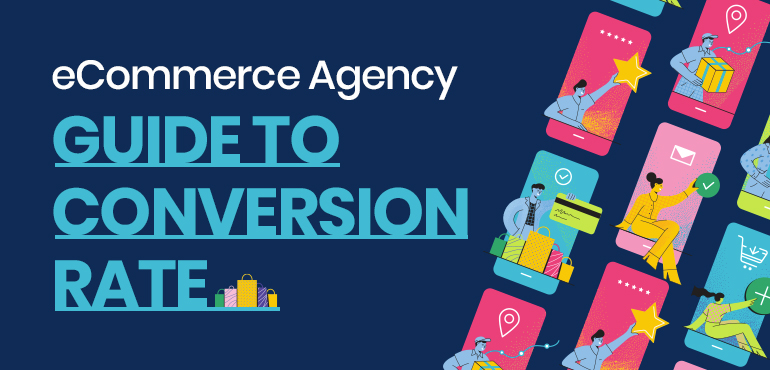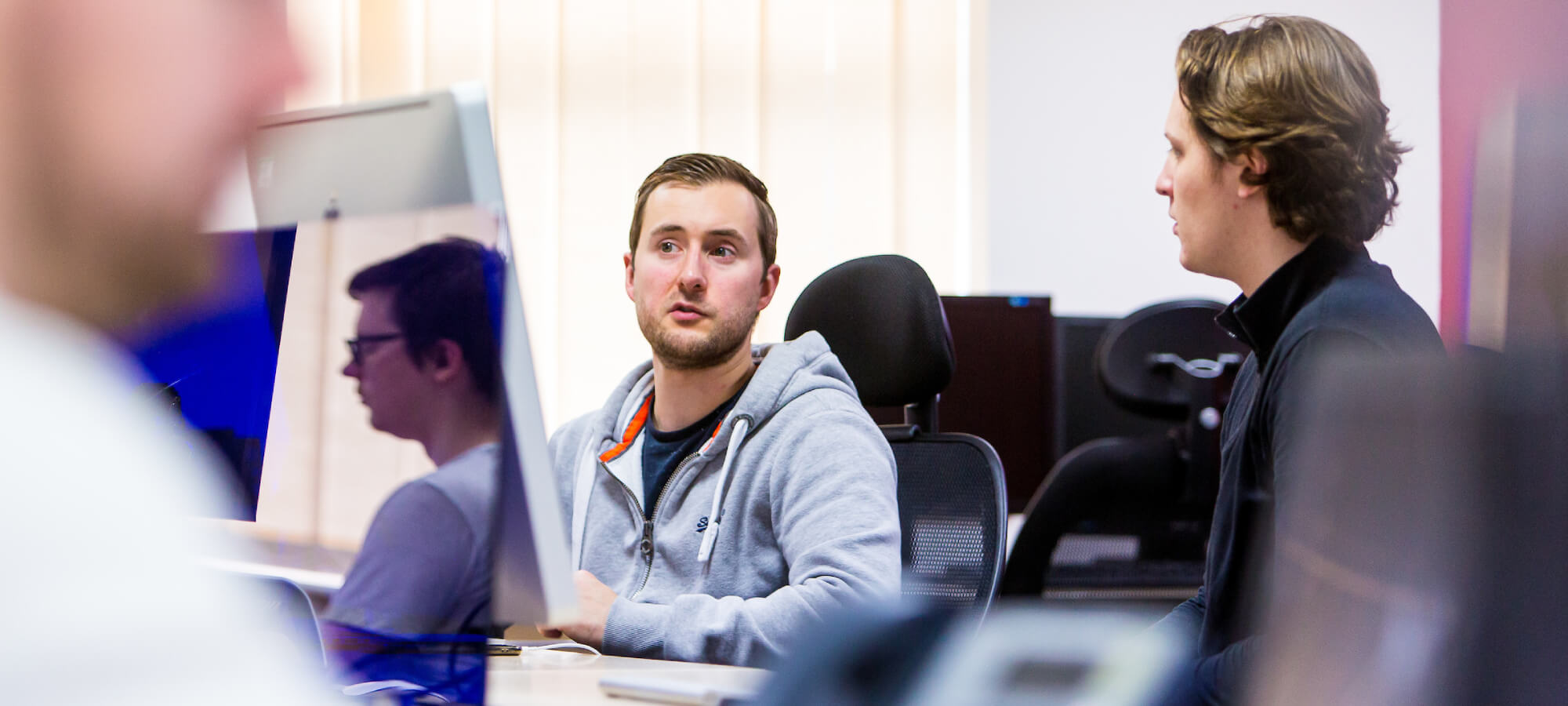
eCommerce Agency Guide to Conversion Rate
A diligent and well implemented conversion rate optimisation strategy increases eCommerce sales and customer retention.
As eCommerce solutions specialists, we bring a wealth of experience to the CRO process.
Using a variety of tools and methods, we identify your customers' pain points and then identify how those user experiences can be enhanced. Once implemented, we run A/B testing to ensure ongoing improvement to your site's conversion rate.
Approaching CRO scientifically enables us to deliver tangible and impressive results for your eCommerce business, resulting in lower friction, more intuitive shopping journeys.
Find out how we can help you increase your website sales with CRO today:
Get In Touch
Data shows that the easier user journeys are, the more likely users will be to engage with your website. Conversely, if the user experience is poor then users will navigate away. Our conversion rate optimisation (CRO) specialists analyse user behaviour and test hypotheses to identify potential user experience issues and suggest action that will improve it — CRO testing is 100% data driven.
Analysing your users’ online behaviour is the key to effective conversion rate optimisation services. We compile data about how users navigate including heat maps, focus maps and live session recordings, giving us insight into your customers' browsing habits. It’s crucial to understand where friction lies in user journeys so it can be eliminated.
Effective conversion rate optimisation is about understanding what makes your users tick.
It’s about experiences, nurturing and guiding your users, subtly persuading them to action.
It’s also about removing barriers for customers, eliminating reasons for them to navigate away. It’s ultimately about offering users a more personalised shopping experience.
Our conversion rate optimisation service is delivered in five broad steps:
Every eCommerce business is different. The first thing our in-house conversion rate optimisation (CRO) specialists strive to understand is what your goals for conversion are—what are the desired actions that you want your users to take? Some things are a given, such as making a sale and collecting customer feedback. Other things might be to persuade users to sign up for your newsletter or place items on a wish list or click to play a video. Whatever the action might be, we will consult and collaborate extensively with you to understand your CRO criteria, to ensure that our CRO strategy is right for your business.
We use powerful conversion rate optimisation (CRO) tools that enable us to gather data on user behaviour and engagement, such as navigation mapping and click tracking. We use heat maps, live session recording, conversion funnels, form analysis and feedback polls to help better understand user experiences. For example, our CRO specialists are able to see where on particular pages your users are hovering and clicking. This provides data on popular content and potential difficulties in navigation or can highlight where users are struggling to find information.
Compiled data is analysed to provide insights into what your users want and care about, as well as where there’s friction in their journey, enabling us to offer more intuitive user experience. Simplifying a webpage section or shopping basket might improve user experience and make it easier for your customer to part with their cash. Taking elements away to declutter a page can help focus users on the action that you want them to take. Similarly, clearer signposting will help users navigate. When the data has been analysed for user experience issues, our conversion rate optimisation specialists can then make informed judgments about what action to take—to make hypotheses. It’s important to form hypotheses that can then be tested, providing positive or negative results.
The simplest way to understand what is and isn’t working for conversion rate optimisation is through A/B testing. This kind of split testing optimises conversion based on the quantitative data collected (qualitative user feedback is really valuable too). A/B testing is a simple concept: take two versions of the same web page, with a slightly different element, send half of your users to one page and the other half to the other page, whichever page performs best is kept. A typical A/B test might involve a different font size or colour of a button, or the positioning of a call-to-action. Something as simple as that can impact conversion.
The conversion rate optimisation (CRO) review process aims to determine whether a hypothesis was correct or not. When a hypothesis is correct and conversion was increased, the response is straight forward – the successful design can be implemented. If the hypothesis proves incorrect – an insight which is just as valuable to the CRO process as positive testing – our CRO specialists take what has been learned from the failed test to inform future testing.
CRO is an ongoing process that is constantly looking for ways to improve user experience. The methodical, scientific approach is the only way to be sure what optimisation works and what doesn’t, taking the guesswork out of the optimisation process and enabling our eCommerce CRO services to make a significant difference to your business’s bottom line.
New to CRO? Here are some FAQs to get you started.
Conversion rate optimisation (CRO) is about making changes to a website to increase the amount of visitors who complete the action you want them to, such as buying an item, subscribing to a newsletter or engaging in a conversation with your sales team. It is literally optimising (or improving) your conversion rate (the amount of people who complete a desired action, such as making a purchase).
As long as your website has an action you want users to complete (for instance, a sale) it is likely that you will benefit from CRO. For sites that have never undertaken conversion optimisation initial results can be substantial. Ongoing CRO is about constantly improving conversion rates to drive your site forward.
Put simply, it’s about increasing the number of conversions you receive on your site. If your conversion rate is 1%, then for every hundred visitors you can expect one sale. But if that rose to 3%, the same number of visitors would result in 3 sales – tripling sales without needing to acquire more traffic.